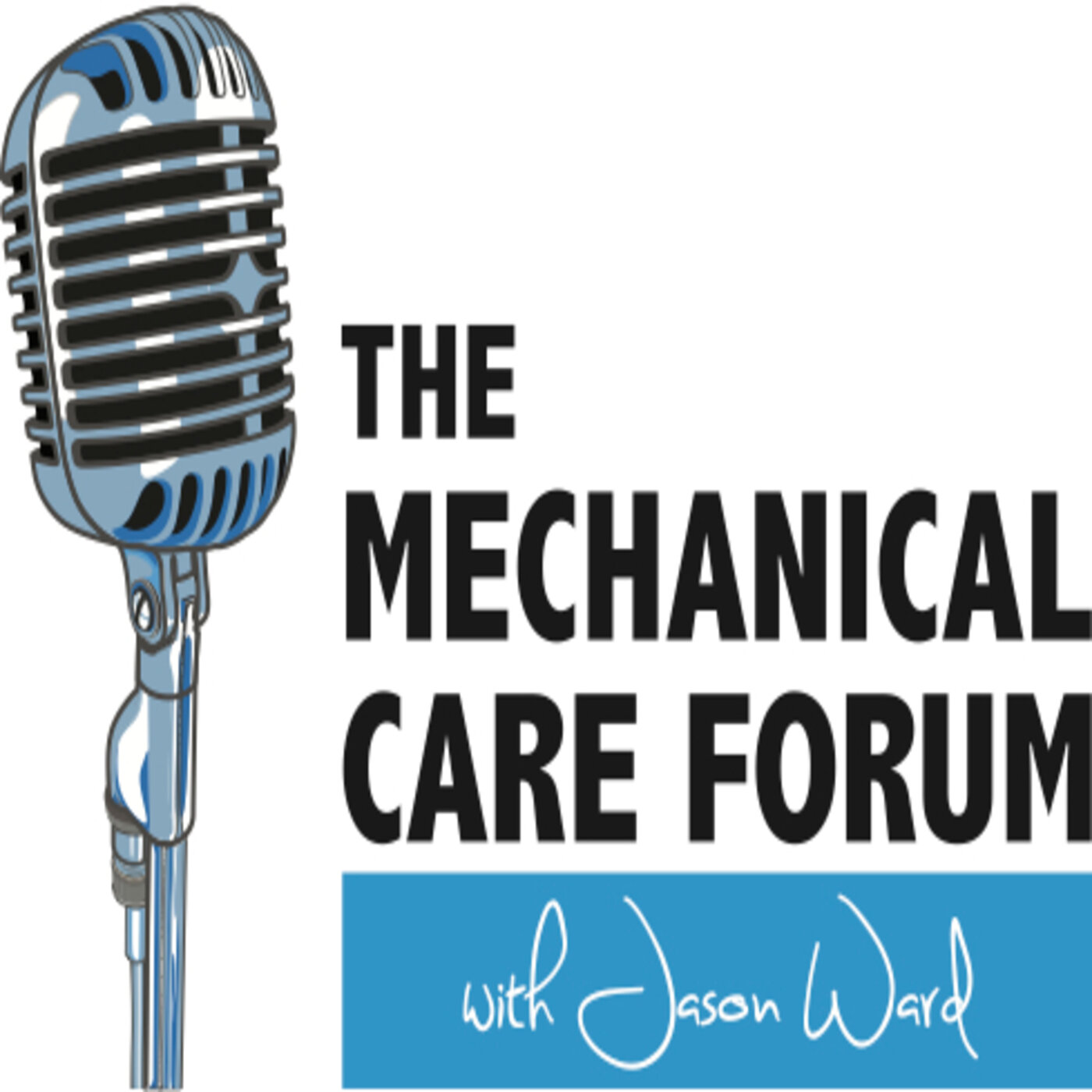Di “Woody” Wu
Canada | MD, PT, Cert. MDT
In episode #280 I’m joining by Dr. Di Wu. He’s an orthopedic surgeon by training but now practices as a physiotherapist in the Montreal, Quebec Canada area. He talks about his change of direction in his career, why he did it and what he’s learned. He also shares about the pelvic pain patient population, a particular group of patients he’s focusing effort toward. This week on MCF!
Show Notes
(by Jayla Hall)
(3:05)
Professional Background
Di Wu trained as a medical doctor and completed his orthopedic residency in Beijing, China. He practiced as an Orthopedic Surgeon for several years before establishing himself in Montreal, Canada. He attended McGill University and obtained a Master's degree in physical therapy. Having developed a strong interest in the link between spinal conditions and pelvic pain syndrome, Di innovatively used Mechanical Diagnosis and Therapy as a screening tool to rule out spinal sources of pelvic pain and dysfunction. He described this approach in a case study published in the journal Physiotherapy Theory and Practice. Di is now a physical therapist and director of the V-Active clinic, where he provides services for a wide range of health conditions, including musculoskeletal disorders and male pelvic-related issues (The McKenzie Institute International 2024).
Quotes:
“[Orthopedic surgeons and physiotherapists] all deal with musculoskeletal conditions.”
“[Orthopedic surgeons and physiotherapists] think [they] understand each other, but there is a huge gap. We [don’t] collaborate well in treating patients with MSK conditions. After practicing both [disciplines], I have a better understanding about both [disciplines], what we can do, and what our limits are.”
(9:20)
How do physiotherapists misinterpret the way orthopedic surgeons approach patient care? How do orthopedic surgeons misinterpret this about physios?
“Sometimes [physiotherapists] doubt their value and [ability to] treat MSK conditions–especially young physiotherapists who [fail to notice issues] then [immediately] refer to physicians or orthopedic surgeons.”
“[Orthopedic surgeons] basically think about physiotherapists as mobilizing the patient [post-surgery], following the direction and protocols given by the surgeons.”
“[Orthopedic surgeons] quite underestimate what physios can do. Even though [much] literature suggests physios [are] the first line of many MSK conditions, [orthopedic surgeons] don’t think that’s the case. [They believe that they] can resolve all the issues.”
(15:25)
Communication Across Disciplines
Quote:
“Because of the internet, information is so easily accessible to the patient. Most of the time, the information they [gather] is inaccurate. We need communication between professionals; it is critical to ensure the patient receives the correct information.”
(16:35)
What’s the solution to the challenges of misunderstanding one another?
“We all have our place in managing MSK conditions. We all have our values, and we cannot devalue the other professionals.”
Wu explains, for example:
Given a trauma, an orthopedic surgeon is the first person to consult;
Given MSK pain, physiotherapists should stand on the first line
(18:40)
Patient Re-Education After Receiving Medical Imaging and a Pathoanatomic-Dominant Diagnosis
Wu expresses the difficulty of patient re-education, given the challenge to change patients’ perception of the cause of their condition (i.e., when the condition is found to be of a mechanical origin by the MDT assessment). Wu utilizes the assessment as an educational tool in this respect, ensuring that there is no conflict of interest (e.g., patients’ cognitive-emotion drivers of pain and disability) throughout the rehabilitation process and within the therapeutic alliance.
(23:00)
Traditional Physiotherapy to Mechanical Diagnosis and Therapy
Although Wu received a brief introduction to MDT during physiotherapy school, he was more intimately introduced to the McKenzie Method by attending courses and becoming a certified clinician in MDT.
“I’ve learned several classifications of assessment systems throughout my medical and physio training. [MDT] is the only thing that makes sense to me.”
Wu highlights aspects of the MDT assessment:
Listening to the patient;
Noting objective findings; and
Observing the symptomatic and mechanical responses
“Why [do] we always listen to our brain to analyze what we think is the problem, rather than just sitting down and listening to the patient?”
References
The McKenzie Institute International 2024, McKenzie Institute, accessed 24 July 2024, <https://mckenzieinstitute.org/ottawa-2024/speaker-information/di-wu/>.
For clinicians desiring to begin their career in the area of male pelvic health, refer to Integrated Pelvic Care’s free resources: https://www.ipc.health/freeresources.
We hope to deliver this content to the committed professional who wants to improve his/her care and we hope to do it in a way that is easily accessible, the world over, in today's technological age.
To contribute:
Give a 5-star review on iTunes;
Share EP #280 with a friend; and/or
Connect with us on the Spotify MCF Podcast and MCF Instagram page!
Thanks for your support!


